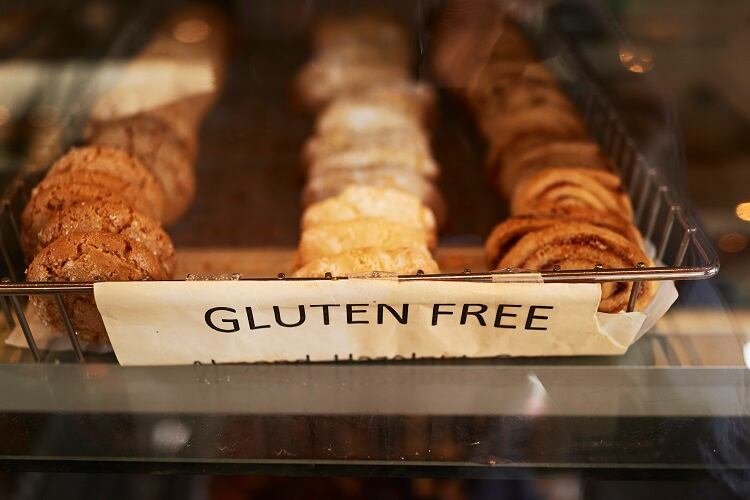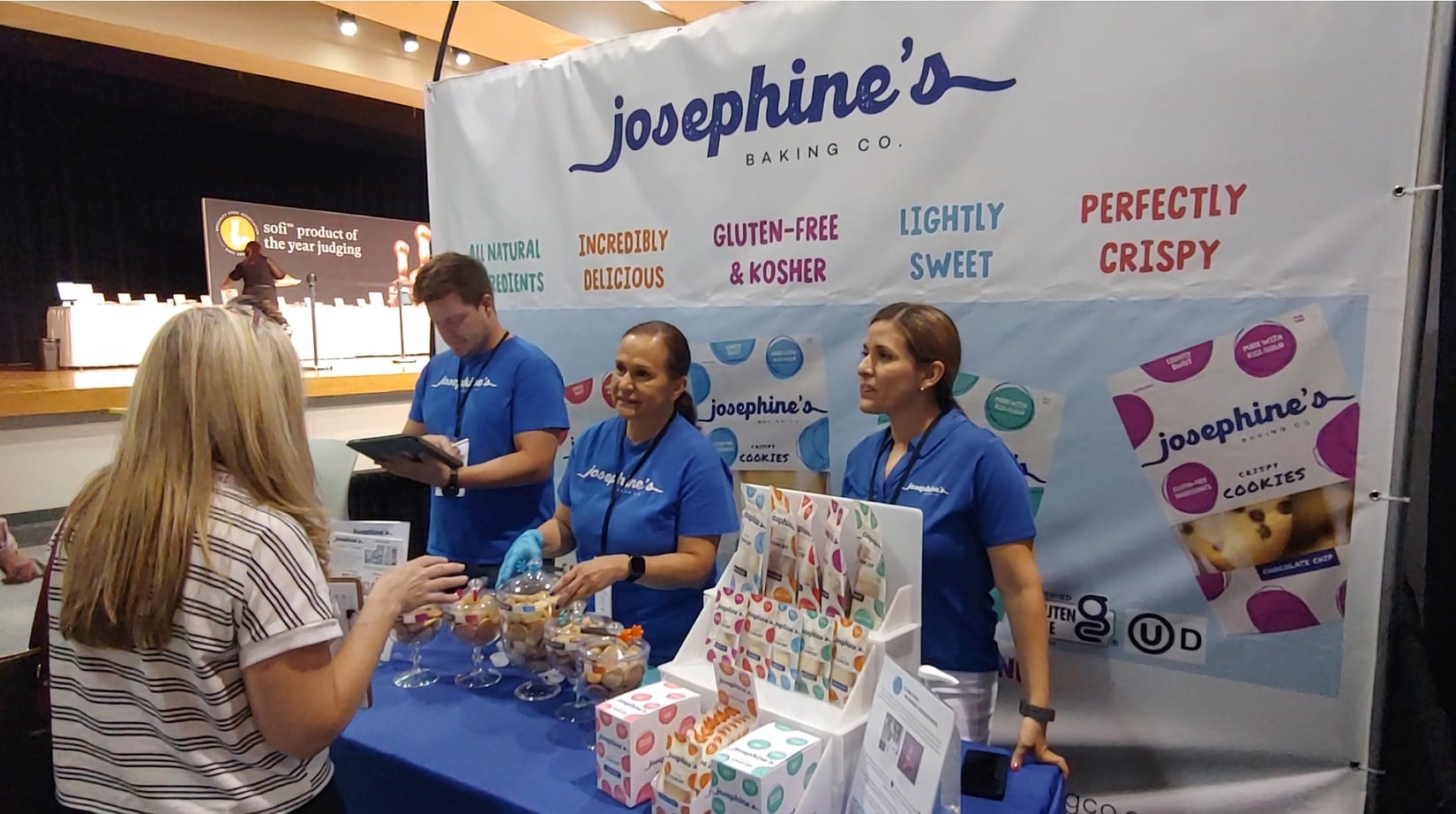Properly labeling foods and beverages with major allergens keeps consumers safe but adding voluntary labeling like “may contain” statements might confuse, the International Food Information Council (IFIC) shared in a recent survey of 1,000 consumers.
Consumers who know someone with a food allergy, intolerance or sensitivity were the most concerned about unclear allergen labeling in the survey.
Almost half of shoppers (42%) listed unclear labeling information on packaged foods and beverages as one of their top three allergen concerns, IFIC reported. This is ahead of 38% of shoppers concerned about accidentally exposing someone to an allergen while cooking, and 36% who were concerned about accidentally exposing someone to an allergen in public.
Most consumers (70%) have a high or medium awareness of allergen information on packaged foods, while 7% have zero awareness. Just under half of consumers (42%) “always” or “often” use allergen information on packaged foods when making a purchase, IFIC reported.
Voluntary allergy statements confuse consumers
Food and beverage manufacturers started adding voluntary statements like “may contain” or “manufactured in a facility that also processes” a specific allergen to their packaging to disclose potential cross-contamination risk, Melanie Downs, associate professor of food science and technology at the University of Nebraska–Lincoln, explained during an IFIC webinar.
Increasingly, consumers disregard voluntary statements since allergen exposure is often hard to discern with these claims, Downs noted.
“This becomes quite a challenge for allergic individuals and their families to understand. And so we see that, from an allergic consumer perspective, there is a little bit of a difference in how they interpret these” voluntary statements, Downs elaborated.
“There is really no difference in the risk among these different products with different labels,” she added on voluntary allergen claims.
Food and beverage manufacturers must list all major allergens with either a “contains” statement at the end of an ingredient label or by listing the allergen in parenthesis in the ingredient list, as mandated by The Food Allergen Labeling and Consumer Protection Act.
Milk, egg, crustacean, shellfish, fish, peanuts, soybeans, tree nuts, wheat and sesame are part of the Food Allergen Safety Treatment, Education and Research Act.
Allergen paradox: Consumers trust claims, not companies
The market opportunity for allergen-free food
CPG companies can capitalize on the increased demand for allergen-free products, as education around food allergies grows. Approximately 6.2% of people in the US report having a food allergy, according to CDC data from 2021.
The allergen-free food market was estimated to be worth $50.37 billion in 2024 and is expected to reach $102.70 billion by 2034, growing by a 7.4% CAGR, according to Research and Markets data. Allergen-free foods are expected to rise with clean label trends as consumers become more educated on allergens, Research and Markets added.
Consumers largely trust allergen claims made by food and beverage brands, but seek medical professionals over companies when they are looking for information about food allergies, IFIC reported.
Half (50%) of consumers “somewhat trust” food allergen labeling and an additional 17% “completely trust” these claims, IFIC stated. Most consumers (78%) who live with someone with a food allergy are more likely to trust allergen labeling, compared to the average of all consumers at a combined 67%.
Nearly seven out of 10 consumers trust primary care providers and 63% trust board-certified allergists the most for allergen information, IFIC reported. Only a quarter trust food and beverage companies for allergen information.





